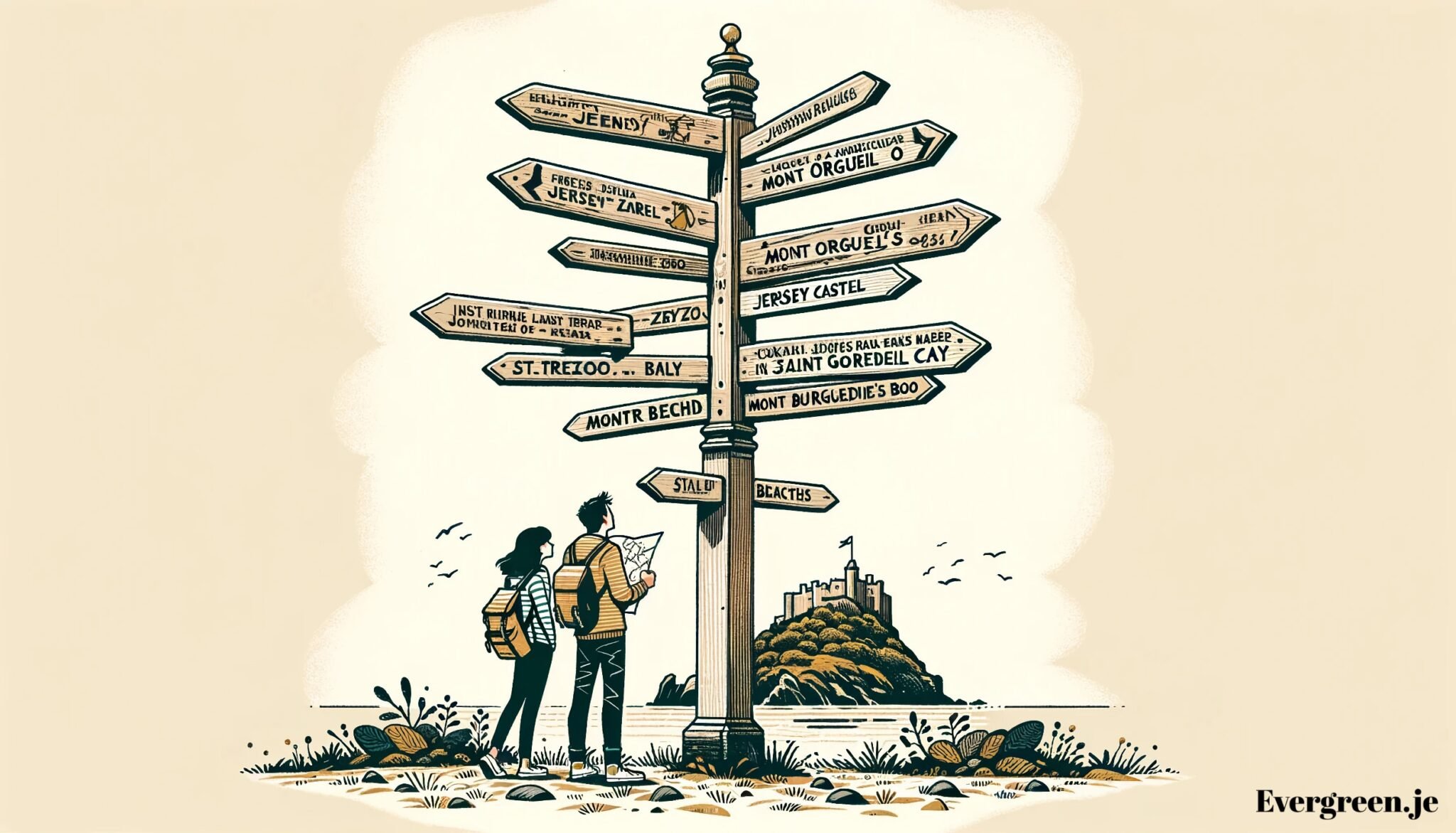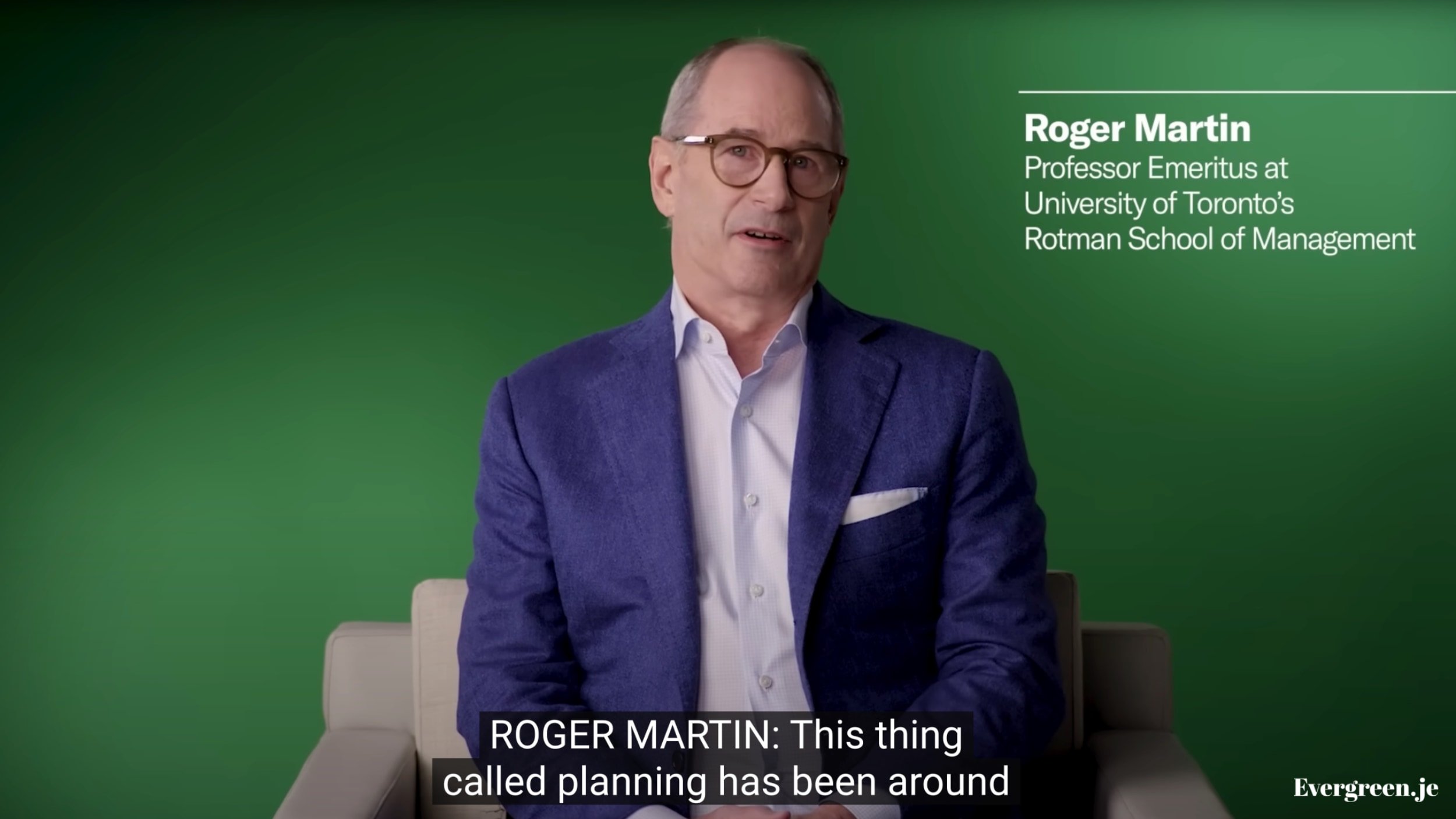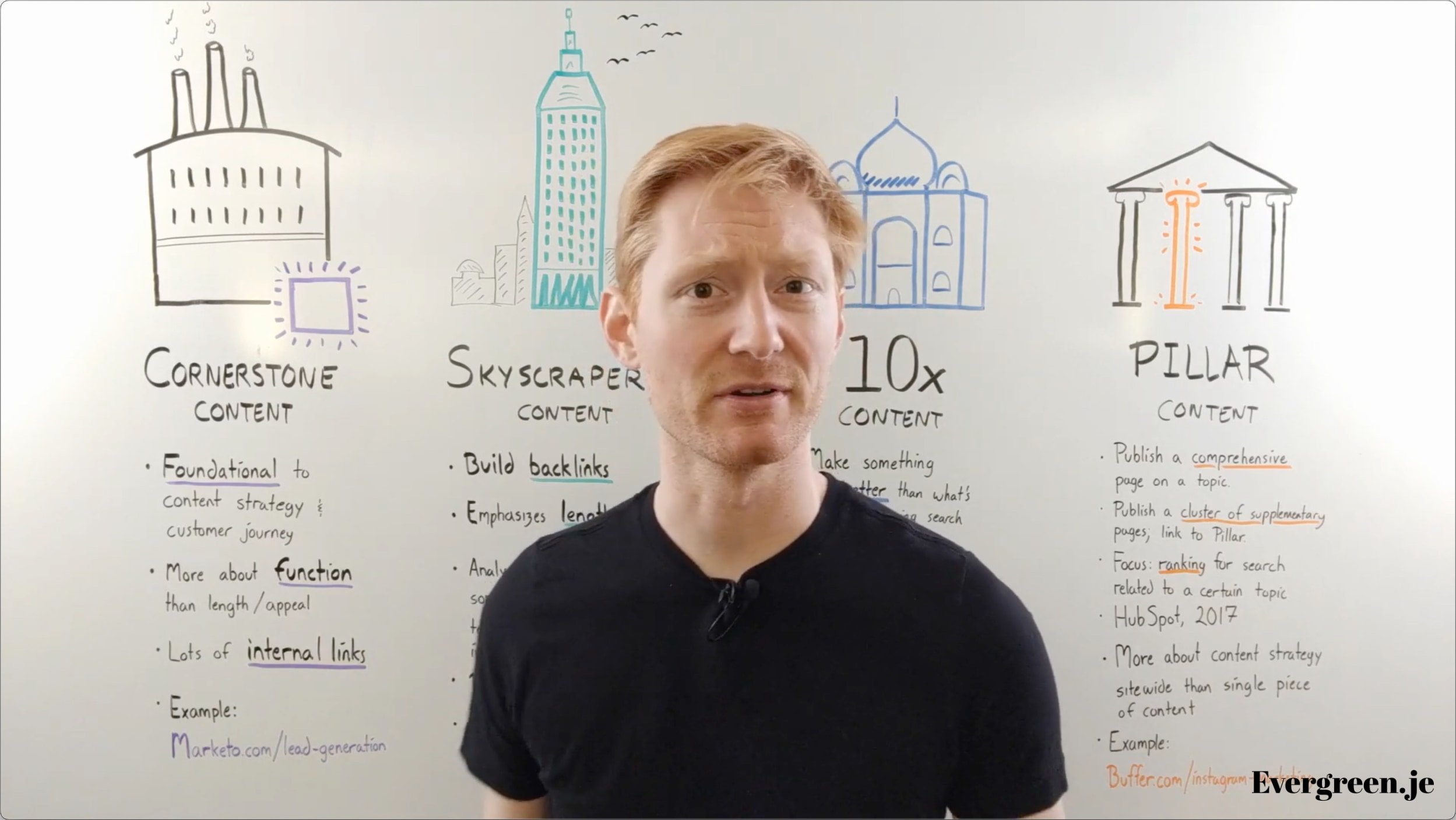A Good Content Strategy Gives Your Work 10 Times The Visibility
Without a specific content strategy, you’re missing out on a vast amount of reach and value — that ranks your good work high on search engines.

Search-engines rank based on user engagement.
So, is your information giving inspiration to both?
Here we’ll discuss:
- Your content strategy for what to write — typically, the post’s titles
- Keyword-led content creation
- How to structure your writing for web pages on desktop and mobile
- Rich media and data — images, video, podcasts, tables, graphs, etc
- Internal links, external links, and being attractive to link-to
- Correct use of URL paths (or slugs), Categories and Tags
- Improving existing content
- Avoiding duplicate or competing content
- The knowledge-graph of data entities that search engines understand
- Repurposing content for other channels, like email and social media
- Good and bad examples
If we cover all this, you should have a “now I understand” moment from your time invested in reading this page.
Content strategy is important because it can make all the difference to your search engine ranking — for both the page or post being published, and every other page it includes links to.
Your content strategy should include; what to post, how to write, and how to connect your pages — with useful and natural links for navigation between related pages and posts.
The features, articles, and news you write all have a significant cost to produce — and they should be designed to project your authority and competence as a brand.
Without a content strategy, search strategy, and keyword strategy — for intentional matching of content to audience searches — you’re missing out on significant search engine ranking position opportunities.
Just one position higher will typically double your readership and, conversely, each position lower approximately halves it.
Content strategy
Your content strategy is a site map, and targets for the type, quantity, and content of each page or post created.
Much of this will be led by a combination of your brand strategy, leading to market research on the competitive landscape, to result in a keyword strategy.
This tells you all related things that you and your team can write about, that people are searching for.
Taking it one level further, it will tell you how much you need to do to outrank those already competing for the same search results rankings.
Planning and doing are not strategy
Many businesses are somewhere on the spectrum between survival, to great at planning and doing — but few will have a class-leading strategy.
However, the necessary expertise for a competitive strategy must come from external observation and stimulus.
In this great 2-minute video on “The Power of Outsiders”, from the New Your Times, Charles Duhigg tells the story of Malcom McLean, inventor of the modern standardised shipping container.

Few will budget separately for the analysis needed to gather information necessary for an effective strategy — as it is often beyond the immediate or continual needs of the organisation in their routine planning and doing.
Hence, for your strategy to outperform you need experts in market research — that spend more time outside the business, studying markets.
They must be focused on mastering these specialist areas of expertise, to then select, present, and propose application of only the most relevant components — to gain advantage or mitigate risk for a brand’s strategic direction needs.
An excellent dialogue on this is presented by Roger Martin, former Dean of the Rotman School of Management at the University of Toronto — a proponent of making space for strategy as a component of success.
The outcomes we achieve with our strategies, are to get you more visibility, awareness, and traffic to your offers — and more sales, partnerships, and accountable results from them.
Once we know the achievable outcomes, we can form a strategy with the highest possible probabilities of realising them, from all available resources. Most commonly, these are resources you already have, plans you have already made, and things you are already doing.
Our strategy just increases the yield of the existing resources to the point of affording more of the same, or alternative diversifications.
Content planning
Once you have a strategy, then we can for content plans, for both improving your existing
A content plan is a list of pages that need creating, and the keywords that should be included on that page.
This is created in the context of the whole website, so there’s no duplicate competing pages for the same search terms, which otherwise dilutes the search ranking of each.
Content management systems (CMS)
Your content management system will guide or restrict what you can do.
WordPress is the most common website CMS, but most other platforms follow the same pattern of having Pages, Posts, Products, and sometimes other specifics, like Listings, Courses, Lessons, etc.
Generally, think of pages as your evergreen content, the things that most of your target audience would want to find quickly.
Then posts, products, listings will all be created, updated, and replaced over time. These are transient content, dependent on the shelf-life of the information they convey.
Content manager
Your content manager will typically have an Administrator, Editor, or Shop Manager role in your CMS.
Content creators tend to have the Author role.
In smaller teams, often the content manager will also be a creator.
It’s the content manager’s responsibility to structure the content, naming pages, URLs, deciding on what content is needed, creating or delegating, and reviewing before publishing.
Content types
The type of content will dictate the formality, function, length, and depth needs.
Sometimes a page exists for a quick answer or feature, other pages are necessary for risk and expectations management, or more thorough subject education.
Part of your content strategy should be:
- a target word-count,
- number of headings and subheadings,
- images, videos, and perhaps audio,
- lists, tables, graphs, infographics,
- presentations, documents, downloads,
- and other embedded content or rich media.
This will all be relative to the type of content, and its primary purpose.
Foundational content pages
There are many types of pages, with each having different needs depending on their purpose.
The foundational pages include:
- Home Page
- About Us
- Contact Us
- Products or Services List
- Product or Service Pages
- Blog, News, and Articles List
- Blog, News, and Articles Posts
- Disclaimer
- Imprint
- Terms & Conditions
- Privacy Statement
- Cookies Policy
Ecommerce and other registered service websites will then have:
- Login & Register
- My Account
- Basket
- Checkout
- Thank You
Some websites also further asset their topical authority with a:
- Directory
- Glossary
- Wiki
One-page websites
It is possible, and sometimes advisable, to have a one-page website, where all that’s needed is a landing page that explains all.
This makes most sense for smaller businesses and trades, or sub-brands and products, where all that’s needed is a resume for the business or product, and links to the more active social media profile pages for it.
Search optimised pages
These pages will be answers to search questions and intent for the most competitive general search terms, eg: “car dealer {location}”, “conveyancer {location}, “organic skincare”, etc:
- Product or Service Categories
- Category Reviews or Comparisons
- Educational Informational
- Tools and Calculators
They can also be known by various terms, coined by the content marketing industry:
- Cornerstone Content
- Skyscraper Content
- 10x Content
- Pillar Content
These primary “money pages” are then supplemented by secondary posts that are designed to satisfy longer, more specific search-terms, eg: “vw golf servicing”, “how long does it take to complete a property sale”, “best moisturiser for winter”, etc.
The principles apply the same to your social media posting strategy —which should align with your website content strategy — to maximise the immediate audience and long-term value from content creation costs.
This video by Jeffrey from Overthink Group is a great explainer on these types of content and site structure…
AI content
Your primary pages should always be completely human written. There’s just no substitute for the uniquely personal difference in the way you’ll write about your own brand, and the way AI content generators would write based on averaging of all its knowledge.
Your secondary pages, however, can be created with a lot more AI assistance — both to save time and money, and to gather broader experience for inspiration as to what information may be relevant.
AI content is best generated by starting with a title, then outlining the post headings, finally filling in the paragraphs within, based on your length and depth criteria.
Creating content that ranks higher
We can give you the recipe, or we can bake you the cake.
If your content isn’t ranking at the top of search engines, there’s something missing.
Send us a link to your website, and let us do some more in-depth research on what will make your publishing efforts yield a larger audience and more engagement.



